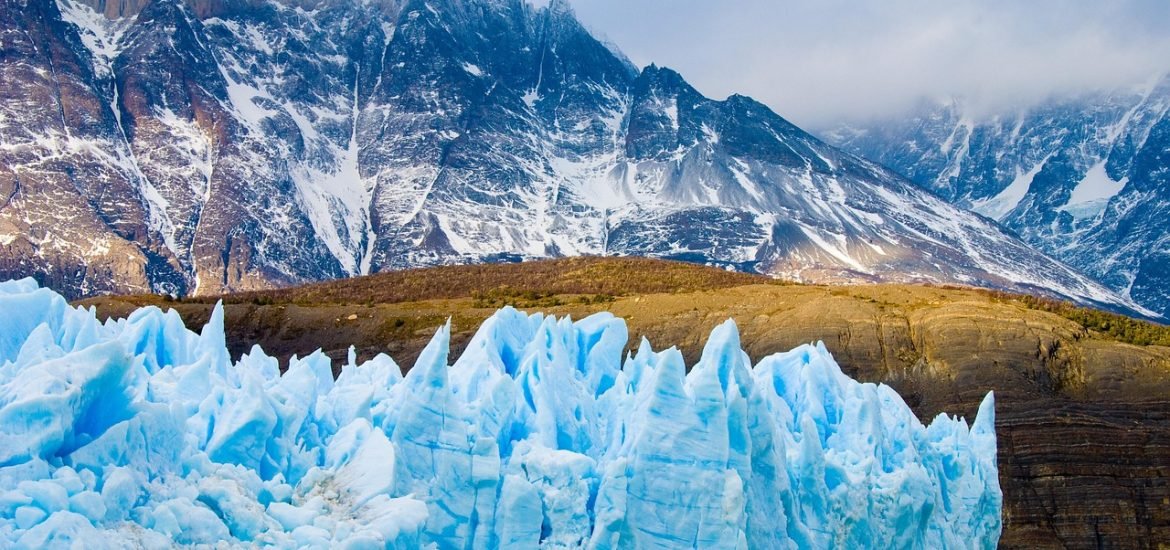
Microbial life is growing faster in mountain streams because of glacier shrinkage, according to a study published in Nature Geoscience.
To do this analysis, a team of scientists from EPFL and Charles University, Prague, collected samples from 154 glacier-fed streams worldwide as part of the EPFL-led Vanishing Glaciers project, which is funded by the NOMIS Foundation. The results show worrying changes due to climate change.
Glacier-fed streams are murky in the summer. Large quantities of this dirty water from glaciers churn up rocks and block most of the light from reaching the streambed. In addition, freezing temperatures and snow provide poor conditions for bacterial growth. However, as glaciers shrink due to climate change, the volume of water coming from glaciers is also decreasing. As a result, streams are getting warmer, calmer, and more transparent, giving algae and bacteria better chances to grow. “We’re witnessing a process of profound change at the level of the microbiome in these ecosystems – nothing short of a ‘green transition’ because of the increased primary production,” said Tom Battin, a full professor at EPFL’s River Ecosystems Laboratory (RIVER).
After analysing the nutrients in the water, including nitrogen and phosphorus, as well as enzymes and microorganisms living in the streambed, the team found lower levels of some nutrients than expected.
“Glacier-fed-stream ecosystems generally have limited quantities of carbon and nutrients, particularly phosphorous,” explained Tyler Kohler, a former postdoc at RIVER and the paper’s lead author. “As glaciers shrink and the demand for phosphorus by algae and other microorganisms grows, phosphorus may become more limiting in high-mountain streams.” The authors believe that phosphorus, a critical building block for life, will become even more limiting downstream, with yet unknown impacts on their food webs.
Something similar has been observed in a small glacier-fed stream in the Rwenzori Mountains in Uganda, where this transition is much more advanced. Here, the nutrient and enzyme composition has changed significantly, and algae is more abundant. “What’s happening with the Rwenzori glacier gives us a glimpse of what Swiss glacier-fed streams will look like 30 or 50 years from now,” said Battin. As glacier-fed streams host more microbial life, they will play a bigger role in biogeochemical cycles such as CO2 fluxes.
Kohler, T.J., Bourquin, M., Peter, H. et al. Global emergent responses of stream microbial metabolism to glacier shrinkage. Nat. Geosci. 17, 309–315 (2024). https://doi.org/10.1038/s41561-024-01393-6